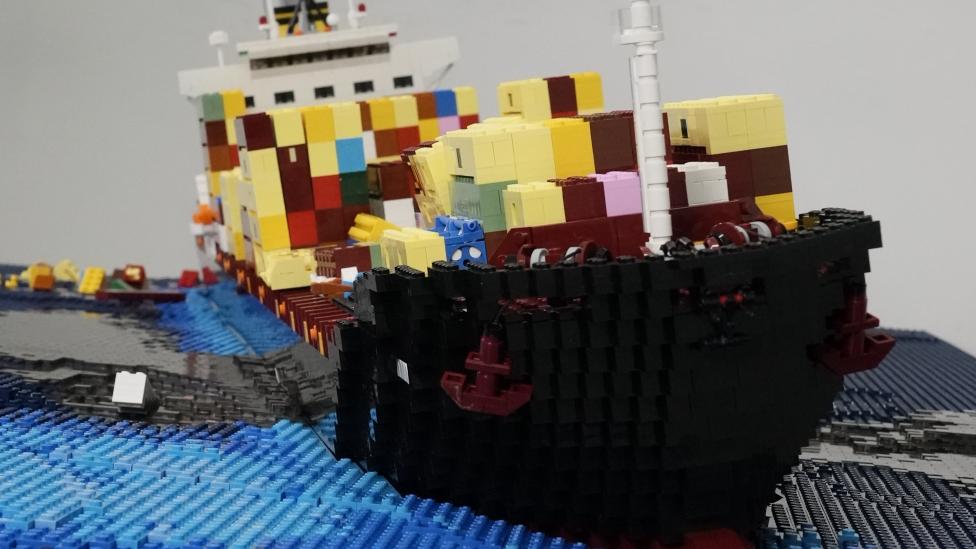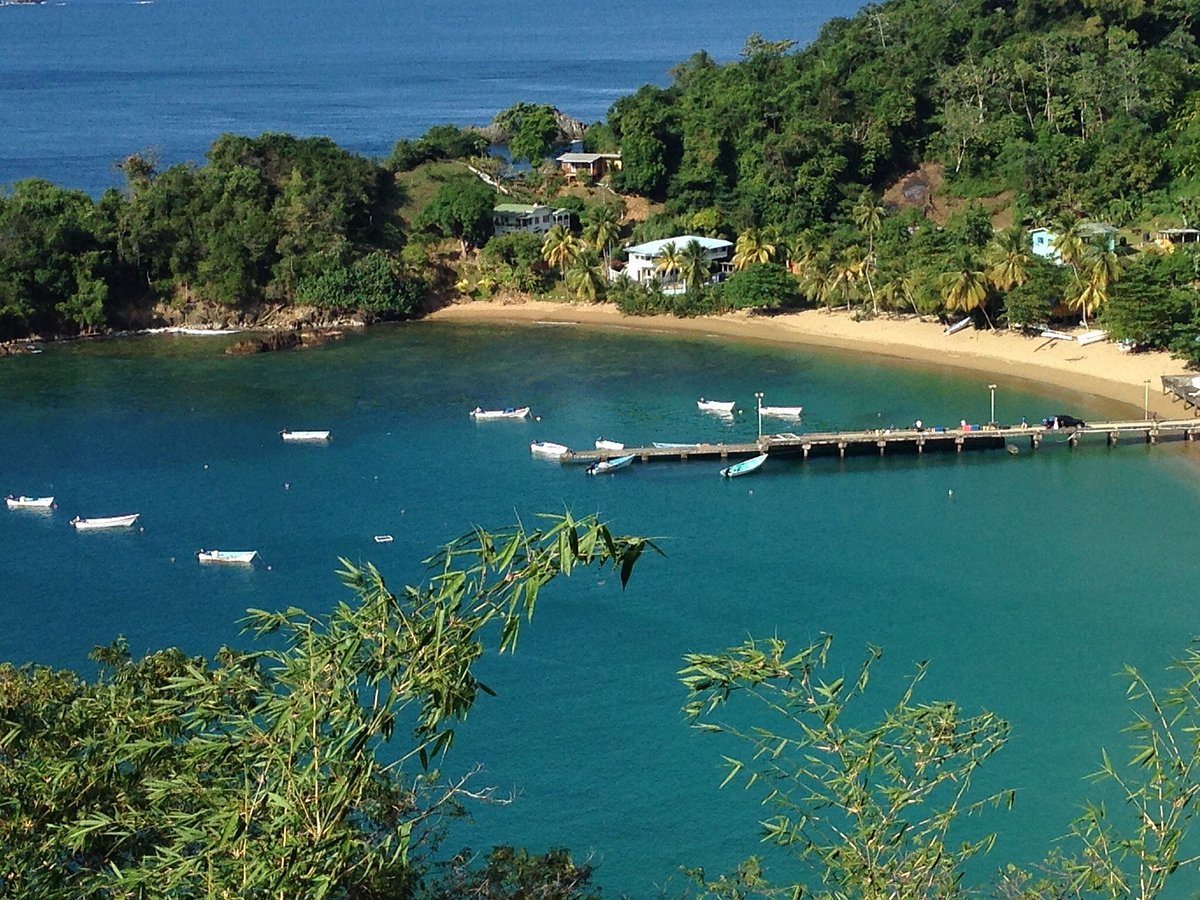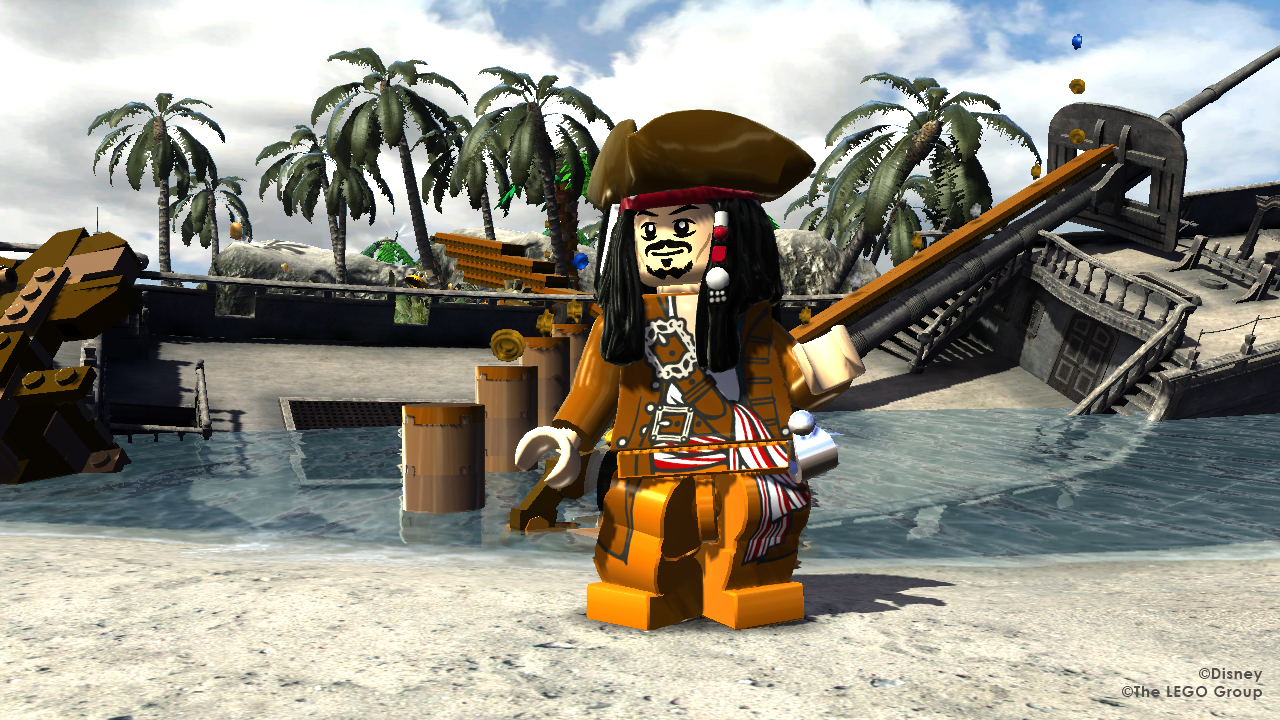- Joined
- Jan 17, 2010
- Messages
- 4,522
- Reaction score
- 5,488
By Christopher Hernandez-Roy, Rubi Bledsoe &
Andrea Michelle Cerén | September 19th, 2023
The global cocaine trade has seen seismic shifts in the last decade as drug traffickers looked beyond the United States to set their sights on more lucrative markets in Europe.

Cocaine consumption in Europe has increased significantly over the last decade. The rise of cocaine has caused an unprecedented wave of drug-related violence across Europe, especially in port cities like Rotterdam. As drug use has increased, so have drug-overdose deaths.
Governments have struggled to respond to this rising threat to public health and security.
Understanding how cocaine makes its way from South America through the Caribbean to Europe, as well as the geographic and political nature of the trafficking routes that connect them, will be critical for crafting effective solutions to this crisis.

Europe's Cocaine Problem
In 2020, Western and Central Europe comprised 21 percent of the global demand of cocaine. The drug is now the second most consumed illicit drug on the entire continent behind cannabis.
Europe has become an attractive destination for drug traffickers seeking higher profits and lower risks. This is due to higher market prices and lesser legal penalties for possession and consumption than in the United States.
While a kilogram of cocaine is priced at around $28,000 in the United States, the same kilogram is priced at around $40,000 in places like France and Spain—and a staggering $219,454 in Estonia.
Furthermore, European interdiction efforts in Europe and the Caribbean territories do not match U.S. disruption efforts in the Western Hemisphere. Available data suggests the European Union spends only $3-4 billion on supply-side reduction in comparison to $17.4 billion for the United States. According to European officials, this allows border security forces to interdict only around 10–12 percent of the total flow of cocaine into the continent.
Without a multipronged approach to curb Europe’s cocaine demand through higher legal penalities and transatlantic interdiction efforts, the cocaine market there will continue to boom—and with it, drug violence and health threats.
The problem begins at the source of production: South America.
South America: Cultivation & Crossing Points

Cocaine is produced from the coca plant, which is grown throughout South America. The majority of coca harvesting takes place in three countries, Colombia, Bolivia, and Peru, which also serve as the starting point of the drug trade to Europe.
In 2020, these three countries alone grew an estimated 99.5 percent of the global coca cultivation.

Peru, located on the Pacific coast, is able to reach both the United States and Europe by transporting drugs through countries with high levels of trade with the European Union like Ecuador and Brazil.
Colombia’s dominance of the cocaine market, as well as its proximity to Mexico and the Caribbean, makes it the de facto supplier of the United States. In 2021, 98 percent of the forensic analyses conducted on cocaine seized in the United States traced its origin to Colombia.
However, cocaine seized in Europe had a more complex breakdown, with 67 percent originating in Colombia, 27 percent in Peru, and 5 percent in Bolivia.
Although the refined cocaine is occasionally transported directly to Europe from South America, increased patrolling in areas like Colombia’s coastline has pushed drug traffickers to diversify their routes, including through the Caribbean.

To get to the Caribbean, drug traffickers favor transiting from Colombia through Venezuela.
The Colombia–Venezuela border in particular has lax controls on the Venezuelan side, and some members of the Venezuelan military are involved or support the trafficking of drugs.

A worker in Colombia sprinkles lime over crushed coca leaves as they are processed into coca paste.
These factors allow for the flow of cocaine between the two countries, mainly through the crossing points in Catatumbo, Vichada, and Guanina.
Once cocaine has arrived in Venezuela, it is then transported to the Caribbean through the Guajira and Paraguaná Peninsulas.
The Caribbean: A Transshipment Paradise

The Caribbean’s low interdiction capacity and proximity to South America makes it an attractive route for drug traffickers looking for ways to transport large amounts of cocaine from South America to Europe.
Criminal groups thrive in an atmosphere of corruption and impunity. When cocaine goes through ports and airports, drug traffickers often rely on bribes or compromised authorities to ensure their illicit cargo passes swiftly and without detection.
This intersection of corruption and impunity is best seen in commercial ports. It has been extensively reported that criminal groups have infiltrated the commercial operations of ports that enables them to introduce cocaine into shipping containers destined to Europe.
Cargo vessels offer one of the most advantageous methods of transporting cocaine because of the large volume of trade between the Caribbean and Europe.
Interact with the 3D visualization below to learn some of the ways traffickers use shipping containers to conceal cocaine.
While shipping containers represent the most lucrative method of transporting cocaine via sea, traffickers are also known to use mules to transport cocaine via air. Other methods of transportation across the Caribbean include go-fast boats, small, privately owned aircraft, and narcosubs.
There are a multitude of paths drug traffickers may take through the Caribbean into Europe, including island hopping and moving through European overseas territories.
To be continued:
Andrea Michelle Cerén | September 19th, 2023
The global cocaine trade has seen seismic shifts in the last decade as drug traffickers looked beyond the United States to set their sights on more lucrative markets in Europe.

Cocaine consumption in Europe has increased significantly over the last decade. The rise of cocaine has caused an unprecedented wave of drug-related violence across Europe, especially in port cities like Rotterdam. As drug use has increased, so have drug-overdose deaths.
Governments have struggled to respond to this rising threat to public health and security.
Understanding how cocaine makes its way from South America through the Caribbean to Europe, as well as the geographic and political nature of the trafficking routes that connect them, will be critical for crafting effective solutions to this crisis.

Europe's Cocaine Problem
In 2020, Western and Central Europe comprised 21 percent of the global demand of cocaine. The drug is now the second most consumed illicit drug on the entire continent behind cannabis.
Europe has become an attractive destination for drug traffickers seeking higher profits and lower risks. This is due to higher market prices and lesser legal penalties for possession and consumption than in the United States.
While a kilogram of cocaine is priced at around $28,000 in the United States, the same kilogram is priced at around $40,000 in places like France and Spain—and a staggering $219,454 in Estonia.
Furthermore, European interdiction efforts in Europe and the Caribbean territories do not match U.S. disruption efforts in the Western Hemisphere. Available data suggests the European Union spends only $3-4 billion on supply-side reduction in comparison to $17.4 billion for the United States. According to European officials, this allows border security forces to interdict only around 10–12 percent of the total flow of cocaine into the continent.
Without a multipronged approach to curb Europe’s cocaine demand through higher legal penalities and transatlantic interdiction efforts, the cocaine market there will continue to boom—and with it, drug violence and health threats.
The problem begins at the source of production: South America.
South America: Cultivation & Crossing Points
Cocaine is produced from the coca plant, which is grown throughout South America. The majority of coca harvesting takes place in three countries, Colombia, Bolivia, and Peru, which also serve as the starting point of the drug trade to Europe.
In 2020, these three countries alone grew an estimated 99.5 percent of the global coca cultivation.

Peru, located on the Pacific coast, is able to reach both the United States and Europe by transporting drugs through countries with high levels of trade with the European Union like Ecuador and Brazil.
Colombia’s dominance of the cocaine market, as well as its proximity to Mexico and the Caribbean, makes it the de facto supplier of the United States. In 2021, 98 percent of the forensic analyses conducted on cocaine seized in the United States traced its origin to Colombia.
However, cocaine seized in Europe had a more complex breakdown, with 67 percent originating in Colombia, 27 percent in Peru, and 5 percent in Bolivia.
Although the refined cocaine is occasionally transported directly to Europe from South America, increased patrolling in areas like Colombia’s coastline has pushed drug traffickers to diversify their routes, including through the Caribbean.

To get to the Caribbean, drug traffickers favor transiting from Colombia through Venezuela.
The Colombia–Venezuela border in particular has lax controls on the Venezuelan side, and some members of the Venezuelan military are involved or support the trafficking of drugs.
A worker in Colombia sprinkles lime over crushed coca leaves as they are processed into coca paste.
These factors allow for the flow of cocaine between the two countries, mainly through the crossing points in Catatumbo, Vichada, and Guanina.
Once cocaine has arrived in Venezuela, it is then transported to the Caribbean through the Guajira and Paraguaná Peninsulas.
The Caribbean: A Transshipment Paradise

The Caribbean’s low interdiction capacity and proximity to South America makes it an attractive route for drug traffickers looking for ways to transport large amounts of cocaine from South America to Europe.
Criminal groups thrive in an atmosphere of corruption and impunity. When cocaine goes through ports and airports, drug traffickers often rely on bribes or compromised authorities to ensure their illicit cargo passes swiftly and without detection.
This intersection of corruption and impunity is best seen in commercial ports. It has been extensively reported that criminal groups have infiltrated the commercial operations of ports that enables them to introduce cocaine into shipping containers destined to Europe.
Cargo vessels offer one of the most advantageous methods of transporting cocaine because of the large volume of trade between the Caribbean and Europe.
Interact with the 3D visualization below to learn some of the ways traffickers use shipping containers to conceal cocaine.
While shipping containers represent the most lucrative method of transporting cocaine via sea, traffickers are also known to use mules to transport cocaine via air. Other methods of transportation across the Caribbean include go-fast boats, small, privately owned aircraft, and narcosubs.
There are a multitude of paths drug traffickers may take through the Caribbean into Europe, including island hopping and moving through European overseas territories.
To be continued:















